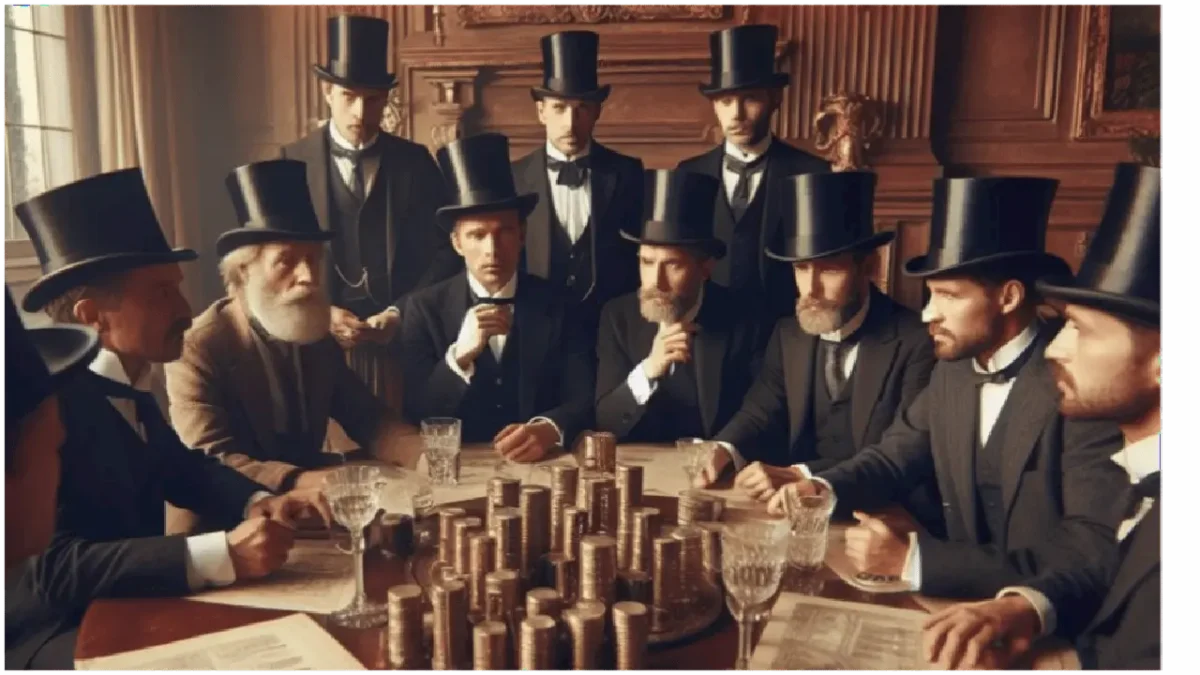Ask virtually anybody on this planet to name the most developed country in the world, and I bet that the country that will surface most often as an answer will probably be the United States of America (USA). This is certainly not surprising because it has the world’s biggest economy. However, have you stopped to ask yourself how they got this far? This great national success is born out of a checkered history of periods and events. One of such periods is what is referred to as the Gilded Age (coined by Mark Twain, American Writer), which saw the rise of a certain category of powerful Americans labeled as ‘Robber Barons’. Robber Barons were considered the richest and most feared people in their era.
For a more technical definition, Encyclopedia Britannica describes a robber baron as a ‘pejorative term for one of the powerful 19th-century American industrialists and financiers who made fortunes by monopolizing huge industries through the formation of trusts, engaging in unethical business practices, exploiting workers, and paying little attention to their customers or competition’
What made the Robber Barons Richest and Most Feared People?
Why did Mark Twain call it the Gilded Age? Literally, a gilded substance is one whose surface is covered with gold or gold-like material to give it a pleasing appearance. Figuratively, Merriam-Webster Dictionary defines gild as ‘to give an attractive but often deceptive appearance to’. It is in this sense that Mark Twain metaphorically described the period around the last quarter of the 19th century in America as the ‘Gilded Age’, for it was marked by massive industrialization and the rise of Business Tycoons, who, despite making America a global economic giant, used somewhat unethical and unfair means in their businesses. So, on the surface, these Business Tycoons, herein referred to as ‘Robber Barons’, were stupendously rich. However, beneath their great wealth were unethical and exploitative business practices. These so-called Robber Barons amassed their wealth in business sectors such as oil, steel, liquor, cotton, textile, and tobacco industries, railroads, banks, among others.

These wealthy men could amass such colossal fortunes basically because of the concept of laissez-faire capitalism being practiced during the Gilded Age, which dictated virtually no government regulation of business. Today, a section of the American populace hails praises for some of these business magnates because of the philanthropic roles they played later in their lives. However, there are some people who are very critical of their deeds. The ruthless and unethical business practices of these Robber Barons were exposed through the efforts of some individuals, notably journalists, referred to as ‘muckrakers’.
The federal government struggled to control these Robber Barons as their power grew. The rise of the Progressive Political Movement, coupled with the escalating national fear of concentrated wealth, led to the enactment of legislation such as the Sherman Anti-Trust Act of 1890, the Federal Trade Commission Act of 1914, and the Interstate Commerce Act of 1887, aimed at addressing unethical business practices.
The following were some of the most Popular Robber Barons of the Gilded Age
John D. Rockefeller (1839-1937)
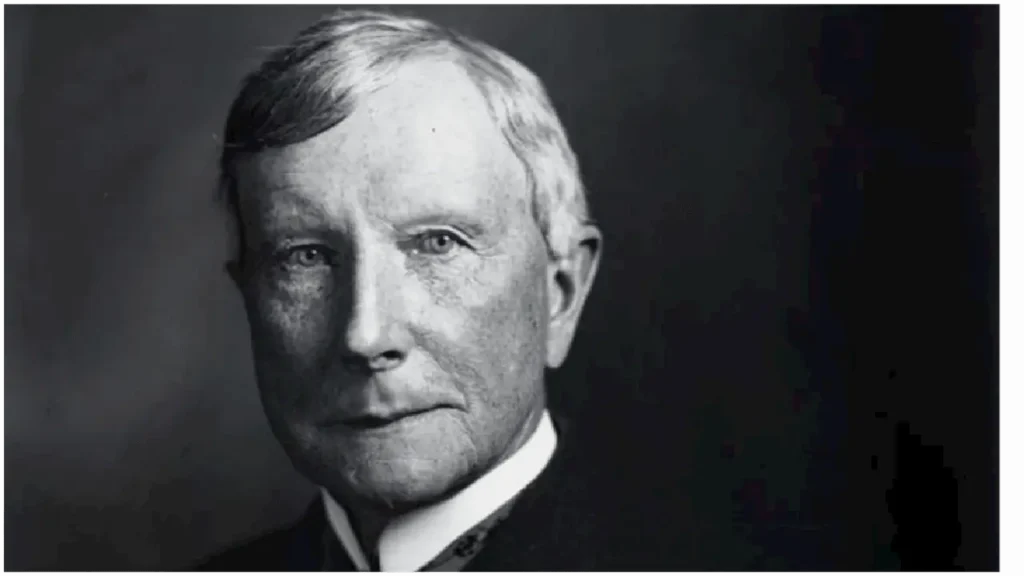
He was regarded as one of the richest individuals in human history. At the pinnacle of his wealth, it’s projected that his net worth would be around US$340 billion when adjusted for inflation today, a fortune that even surpasses that of modern-day billionaires. This enormous wealth was amassed through his establishment of the Standard Oil Company, which controlled a substantial share of the oil refineries and pipelines in the United States in the early 1880s. He was a major philanthropist, exemplified by his financial role in founding the University of Chicago and Rockefeller University, among others. In spite of his contributions, he was considered as a robber baron due to the belief by critics and muckrakers that he practiced monopoly ruthlessly in his businesses. Regarded as the first billionaire on the planet, his legacy remains a subject of discussion when studying the history of wealth and capitalism.
Andrew Carnegie (1835-1919)
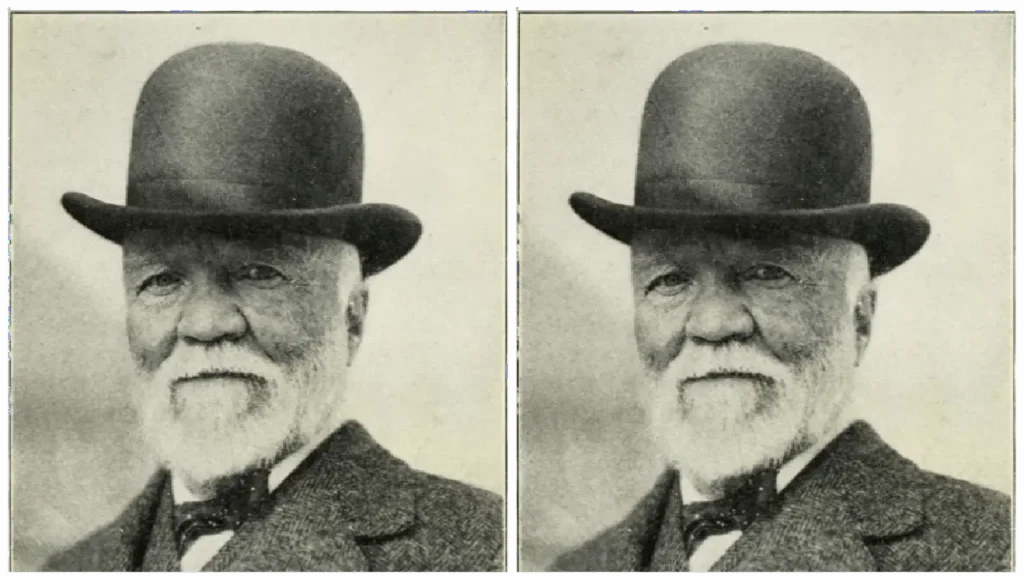
As one of the wealthiest individuals in history, he had a peak net worth of approximately US$310 billion when adjusted for inflation, a feat which modern-day billionaires are yet to achieve. Carnegie’s wealth was basically due to his success in the steel industry in the 19th century. He owned the most extensive integrated iron and steel operations. In 1909, he sold his company, the Carnegie Steel Company, to J. P. Morgan for an initial US$303 million, which when adjusted for inflation today, would be about US$7 billion. Later in his life, he devoted himself to large-scale philanthropy, with emphasis on local libraries, world peace, education, and scientific research. He is basically branded a robber baron due to his vertical integration business practices, where he controlled every aspect of the production process from raw materials to distribution, which allowed him to monopolize the steel industry. This dual legacy has led to an intricate assessment of Carnegie, as both a “robber baron” and a benefactor.
Cornelius Vanderbilt (1794-1877)
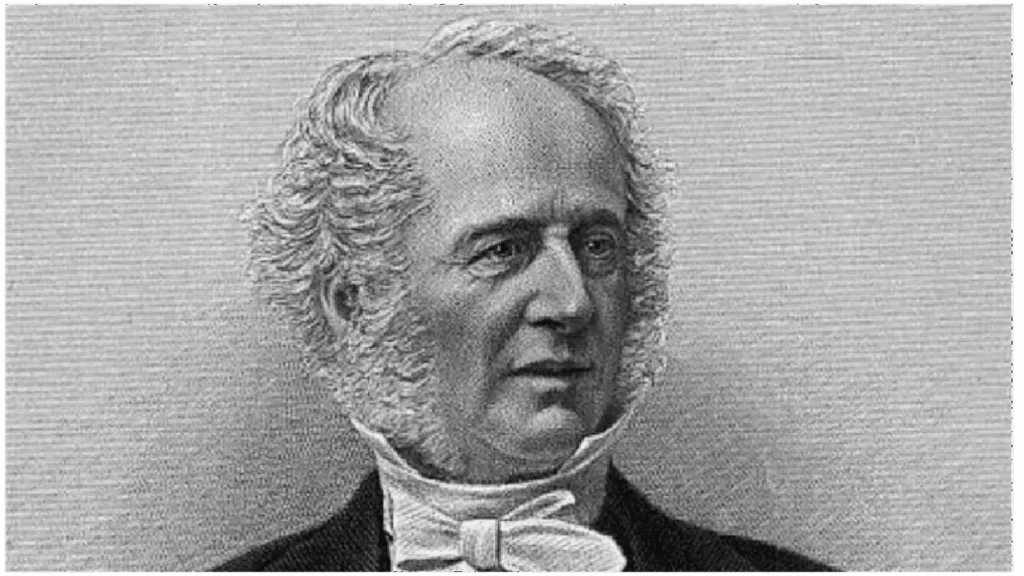
A railroad magnate who amassed significant wealth. He was nicknamed ‘The Commodore’, reflecting his prominence in the maritime industry, though he never served in the military. At his death, his fortune was estimated to be around US$100 million, which, as a share of US GDP at the time, makes him probably the second wealthiest American in history, after only Rockefeller.
Alexander Turney Stewart (1803-1876)
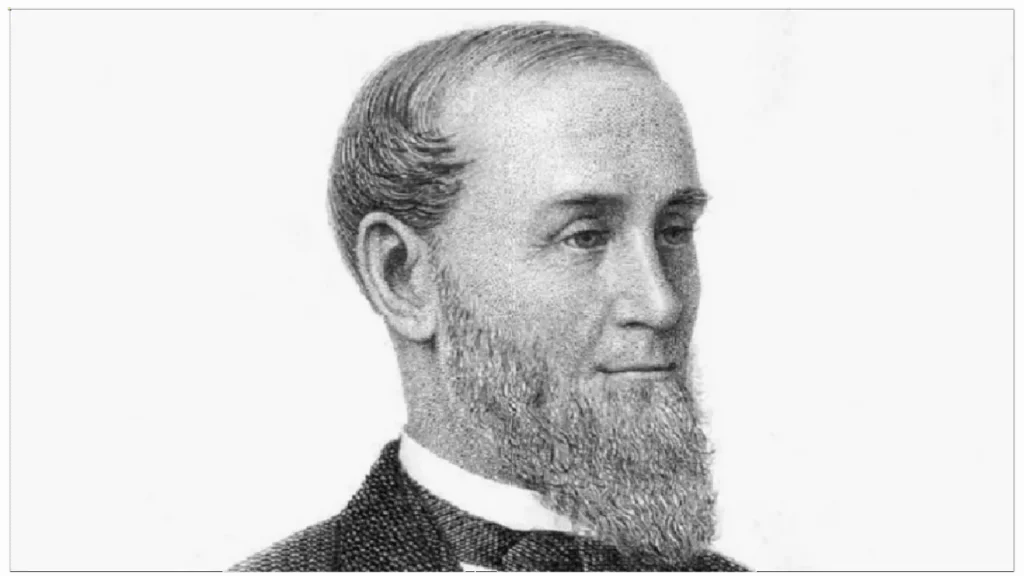
A prominent merchant and real estate investor. He was known for his extensive and lucrative dry goods store, and at the time of his death in 1876, his net worth was estimated to be around US$50 million, which is approximately US$90 billion in today’s dollars. His vast wealth came under scrutiny by critics who felt that he used unethical means to amass wealth, thus branding him as a robber baron.
Marshall Field (1834-1906)

A retail tycoon with a vast fortune. He founded Marshall Field and Company, a chain of department stores. At the time of his death, his net worth was equivalent to US$6 billion in today’s dollars. His company was reputed for its admirable quality and customer service, but it used practices that could be seen as monopolistic, thus leading critics to brand him a robber baron.
Jay Gould (1836-1892)
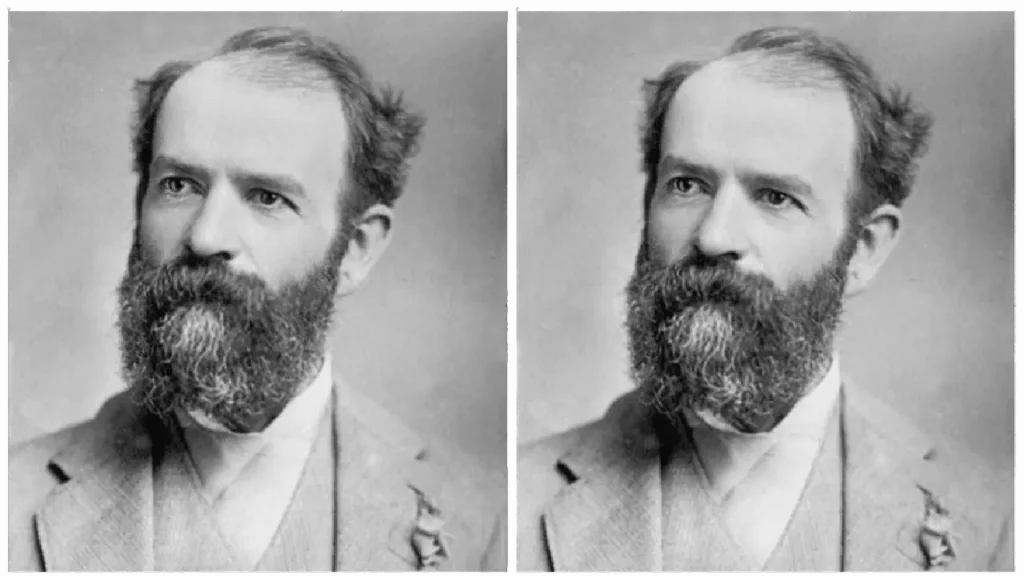
A railroad and telegraph magnate. At the time of his death in 1892, his fortune was estimated to be around US$77 million, which is approximately equivalent to 2.6 billion in today’s dollars. He was labeled a robber baron because he was engaged in manipulating (cornering) the stock and gold markets in his favor, which, for instance, led to the panic of “Black Friday” in 1869.
Andrew W. Mellon (1855-1937)
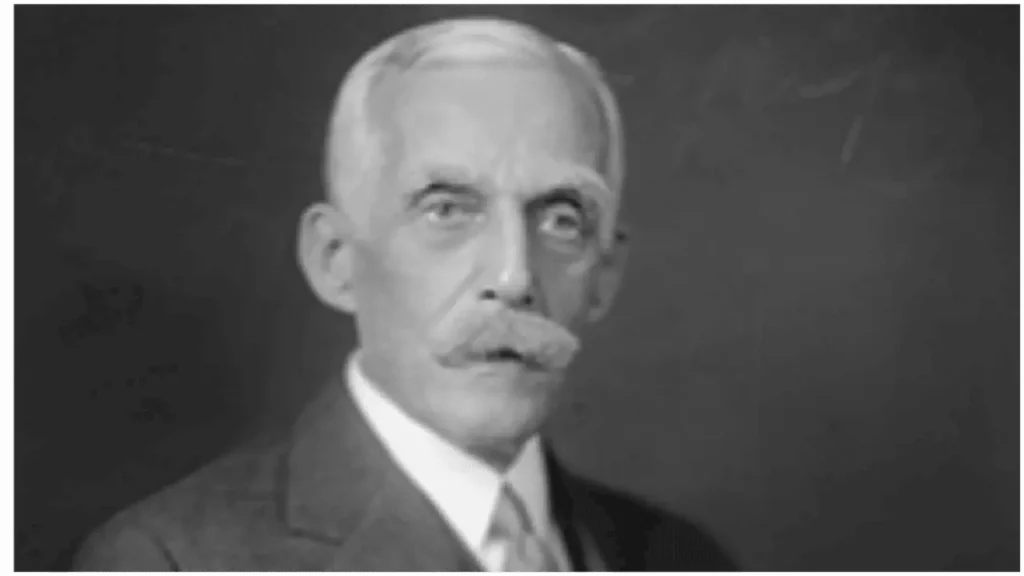
A banker, industrialist, and philanthropist. At the apex of his fortune in the 1920s, his wealth was valued as high as US$600 million, which is over US$9 billion in today’s dollars. His brother, Richard Mellon (1858-1933), who is also branded a robber baron, was also very wealthy. The Mellon family’s wealth has increased over the years, and as of 2024, the family’s net worth is reported to be US$14.1 billion. Andrew Mellon served as Secretary of the Treasury in the 1920s and is believed to have facilitated tax cuts for the wealthy and also used his position in government to expand his wealth.
From a historical standpoint, Robber Barons are often viewed as controversial figures. On one hand, they are recognized for their immense wealth and contributions to industrialization, economic growth, and philanthropy. Many of them played significant roles in shaping various industries and institutions that have had lasting impacts on society.
On the other hand, they are also criticized for their ruthless business practices, exploitation of workers, monopolistic tendencies, and unethical behavior. Critics argue that their pursuit of profit often came at the expense of labor rights, fair competition, and social welfare. This has led to debates over their legacy, with some portraying them as captains of industry and others as robber barons.
Subscribe to gheducate.com for more captivating stories and updates

